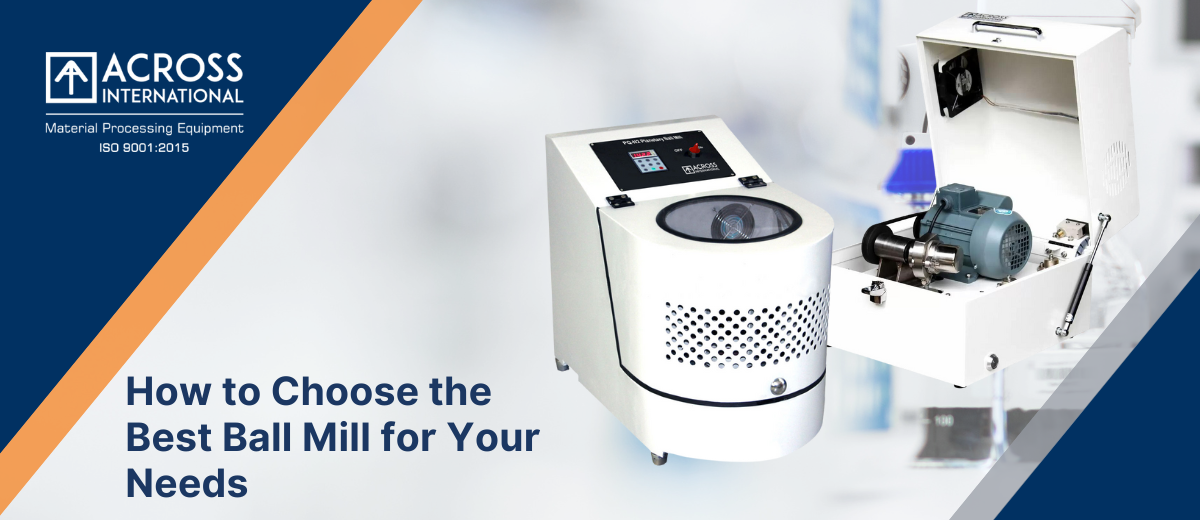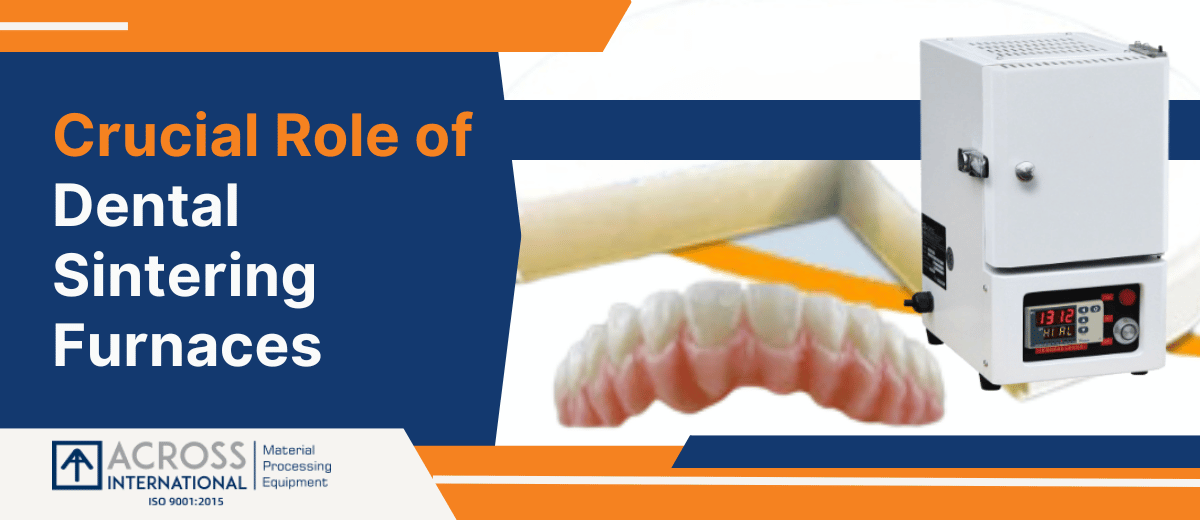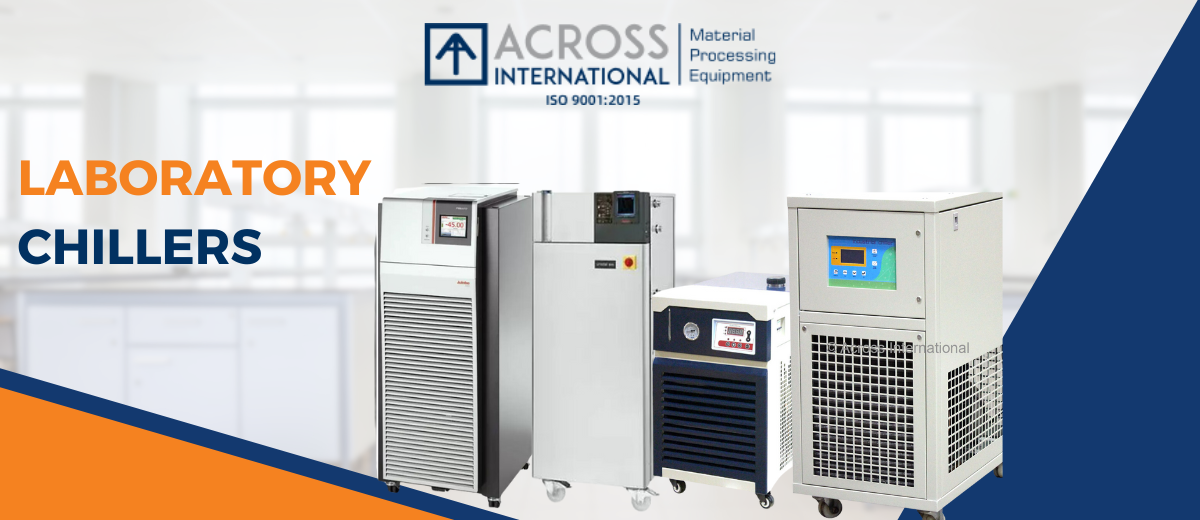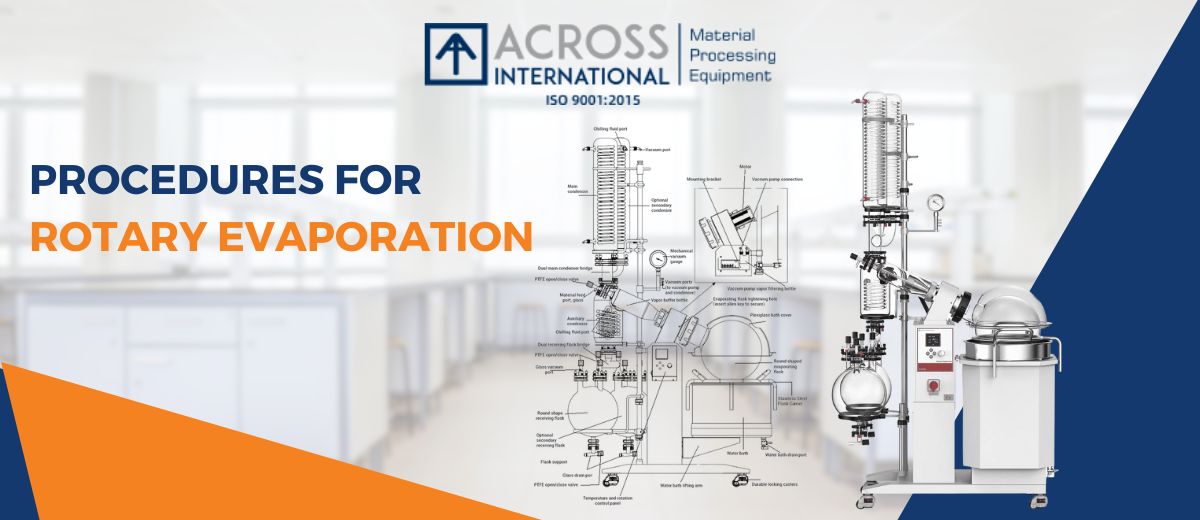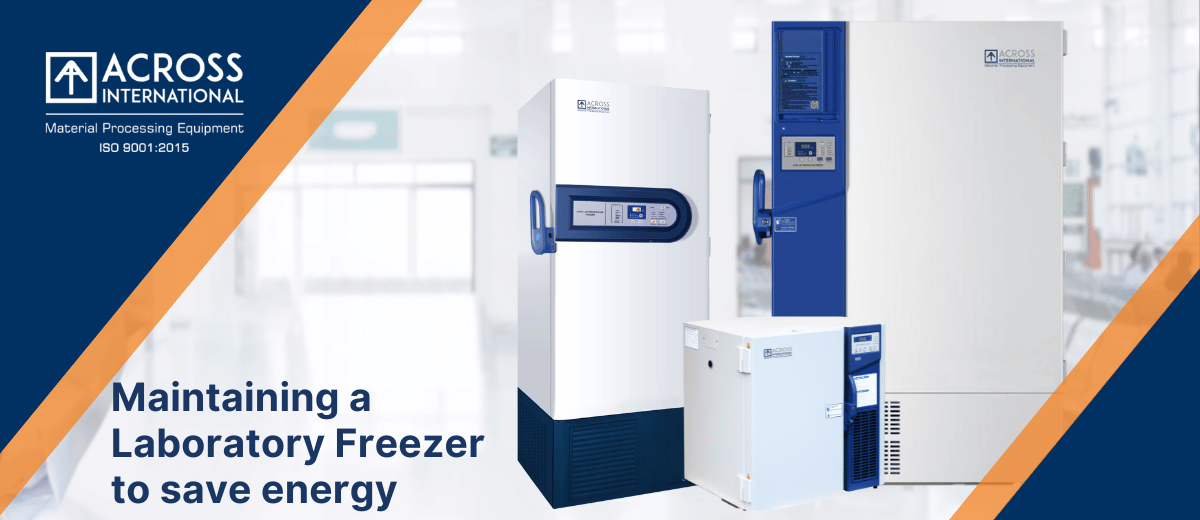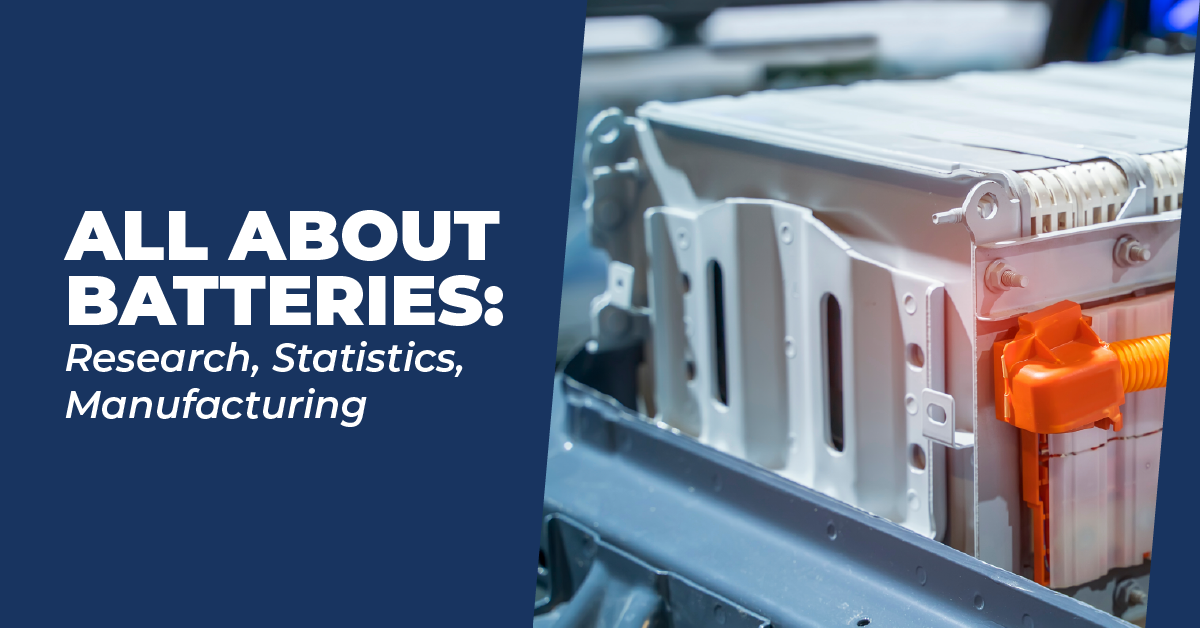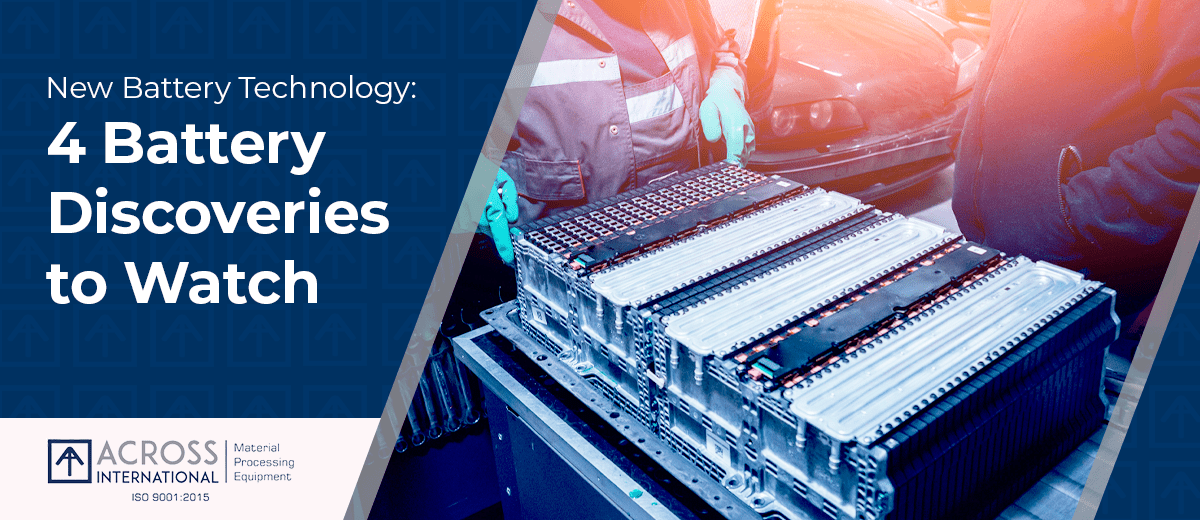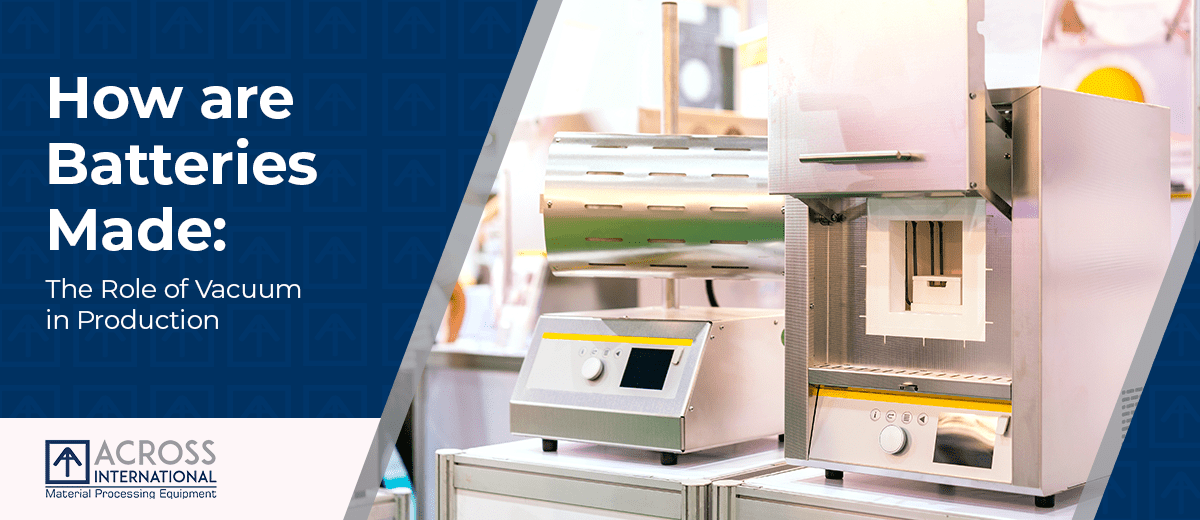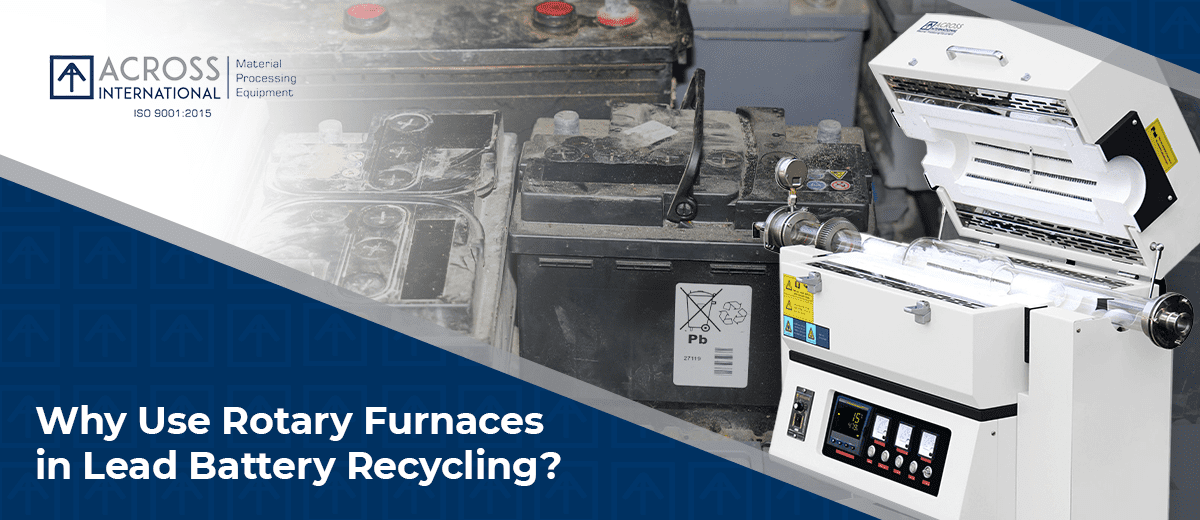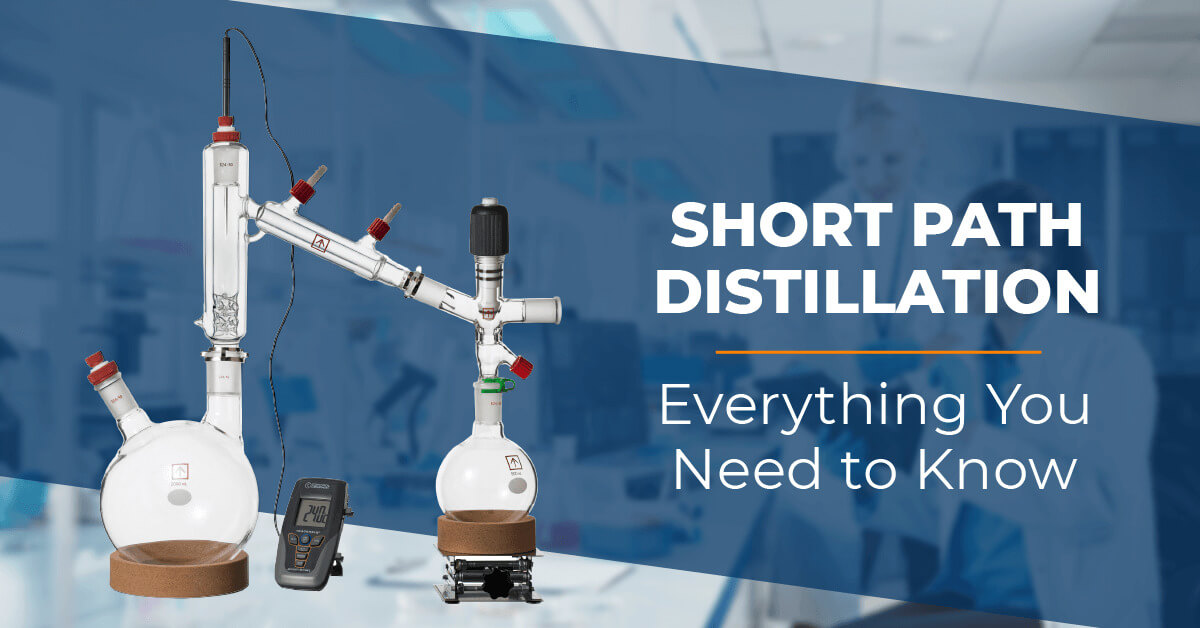We use cookies to make your experience better. To comply with the new e-Privacy directive, we need to ask for your consent to set the cookies. Learn more.
Shaping Materials with Heat in Vacuum Sintering Furnaces
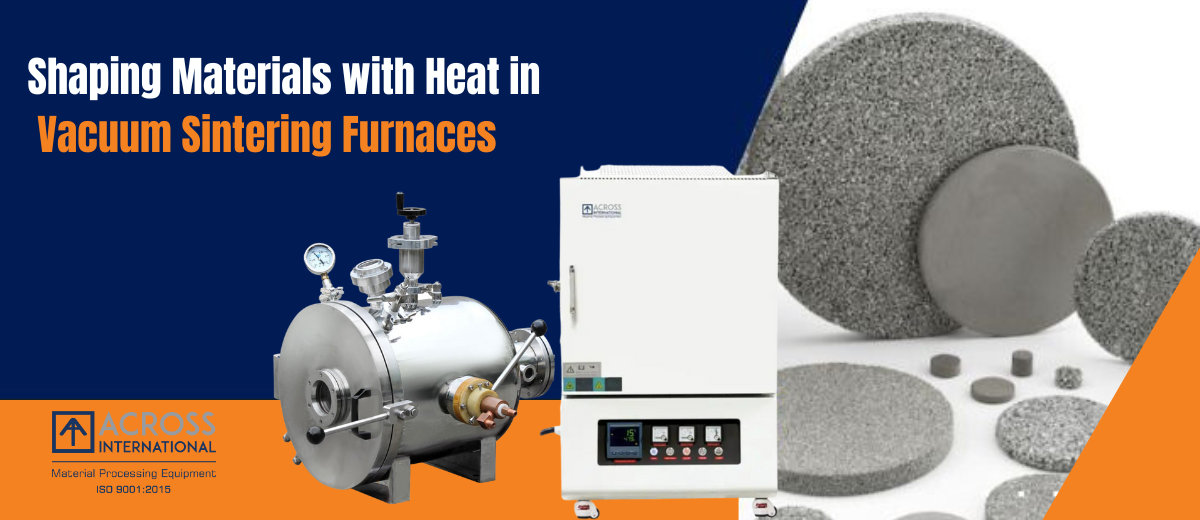
What Is Sintering?
Sintering is the bonding of adjacent powder particle surfaces in a mass of metal powders, or a compact, by heating. Also, a shaped body composed of metal powders and produced by sintering with or without prior compaction.
Other common names and related subjects are cold/hot isostatic pressing, liquid phase sintering and metal injection molding.

What Is a Sintering Furnace?
Sintering furnaces are key players in the sintering process. These ovens typically apply solid-state sintering methods to convert compact powders into thermally resistant molds. To achieve this result, metal sintering furnaces maintain temperatures below the powder’s melting point to shape rather than liquefy the material. This temperature causes the substance’s powder particles to bond and form a compact crystallized mass, increasing its strength and structural integrity.
Typically, muffle furnaces are most suitable for sintering low-volume products, while continuous furnaces are useful for medium- to high-volume materials.
Shaping Materials with Heat in Vacuum Sintering Furnaces
A sintering furnace is used during the sintering process, which involves heating powder compacts to increase the product’s mechanical strength, density, and translucency. Sintering ovens must be able to maintain heating temperatures below the product’s melting point, as the goal is not to liquefy the material. Rather, sintering furnaces are used more to shape materials into their final product.
With sintering furnaces in your facility, you’ll experience fast and efficient powder sintering, producing top-of-the-line products and components for your company.
Our standard sintering furnace model specifications include (but are not limited to):
1. 1200°C to 1700°C Maximum Operating Temperatures
2. Chamber Dimensions up to 36” x 36” x 36”
3. Temperature Controller with Data Recording and Computer Communication
4. Operated in air, vacuum and argon/nitrogen atmosphere.
5. Operated in partial vacuum and positive vessel pressure.
6. Data recording, computer communication
7. Quick Heat-Up and Cool-Down
8. Excellent Temperature Accuracy and Uniformity
9. Energy-Efficient Ceramic Fiber Insulation
10. Double-Shell Design to Ensure Low Outside Temperature
11, Automatic Shut-Off Safety Feature
12. One Year Limited Warranty on Electronic Parts
Many furnace manufacturers have standard-size furnaces that they have built in the past. Most, however, customize the furnace to the client’s needs. Because the units are produced one at a time, it is not difficult to have the furnace built to the customer’s exact specifications.
Integral for additive manufacturing, sintering furnaces and dry ovens make 3D metal printing parts and prototypes accessible and cost-effective. Industrial vacuum furnaces deliver precise temperature control and uniform heating consistency. Additionally, depending on the materials used, a high-temperature sintering furnace makes it easy to control environments and atmospheres.
Across International sintering furnace for your 3D metal printing needs. Speak with our Tech Specialist for customizable furnace for your Lab.


